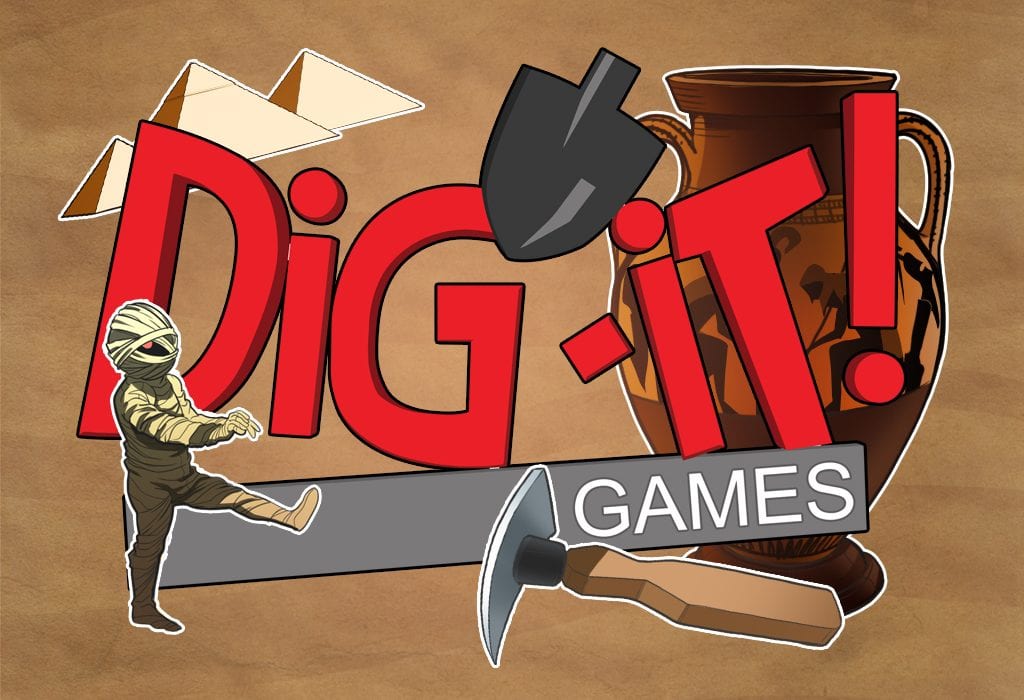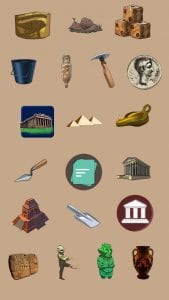International Archaeology Day 2021
International Archaeology Day 2021
Start digging up artifacts virtually in our free archaeology game Excavate! Egpyt
It is that time of the year again for International Archaeology Day on Saturday October 16, 2021. There are plenty of events available on the Archaeological Institute of America events calendar for in-person and virtual events.
DiG-iT Games is promoting archaeology day with a virtual event to promote archaeology and cultural awareness. The culture for 2021 is ancient Egypt. Introduce your family and friends to the fundamentals of archaeology in our online game Excavate! Egypt. Dig through multiple layers of strata across four culturally important sites to unearth over 50 artifacts. The game is free to play.
Ask The Game Developer
From 9:00AM to 5:00PM (US EST) the team at DiG-iT! Games®, including archaeologist Suzi Keehn (Wilczynski), will be available to answer questions through our help desk channel or social medial channels (@digitgames) about the game.
Play After October 16
Can’t find time to play on archaeology day? Excavate! Egypt is always free to play online. Play it with the family or integrate it into lesson plans in schools, museums and other cultural activities.
International Archaeology Day
from AIA
International Archaeology Day (IAD) is a celebration of archaeology and its contributions to society. Every October the AIA and archaeological organizations around the world present archaeological programs and activities for people of all ages and interests. Whether it is a family-friendly archaeology fair, a guided tour of a local archaeological site, a simulated dig, or a presentation from a visiting archaeologist, the interactive, hands-on IAD programs provide a chance to uncover the past and experience the thrill of discovery

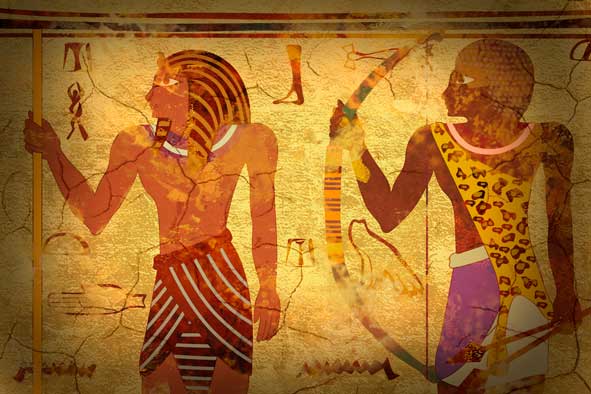
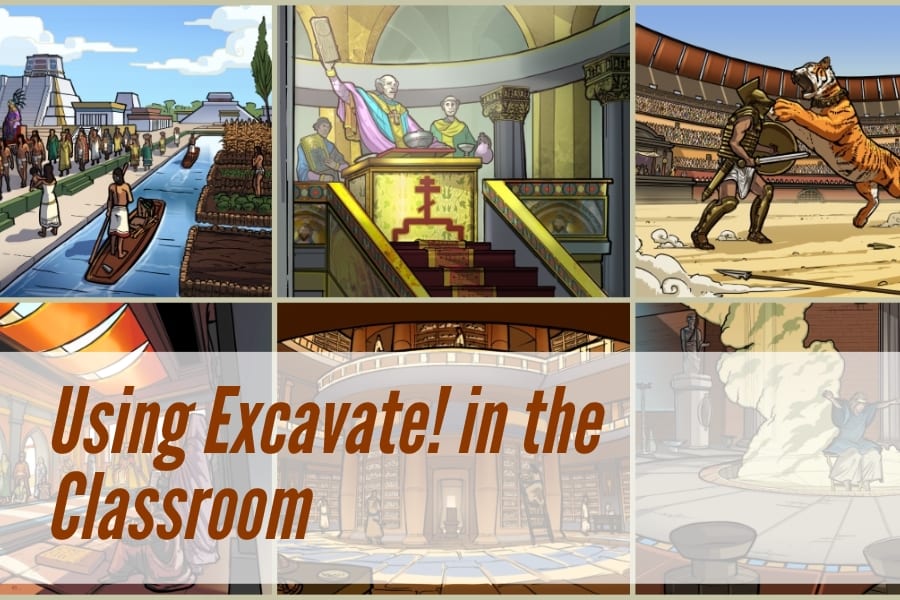


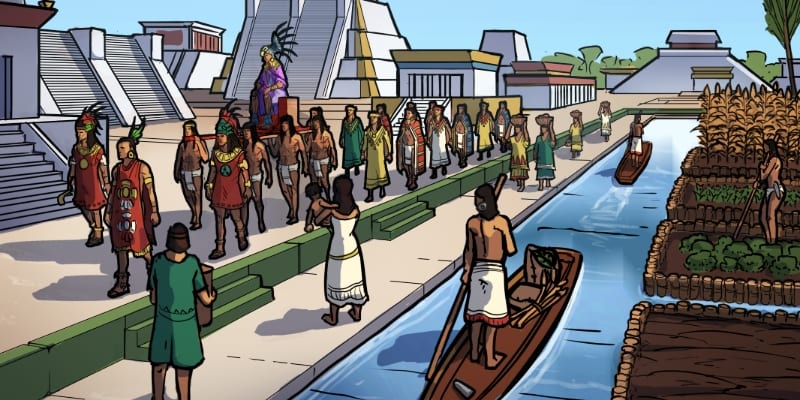

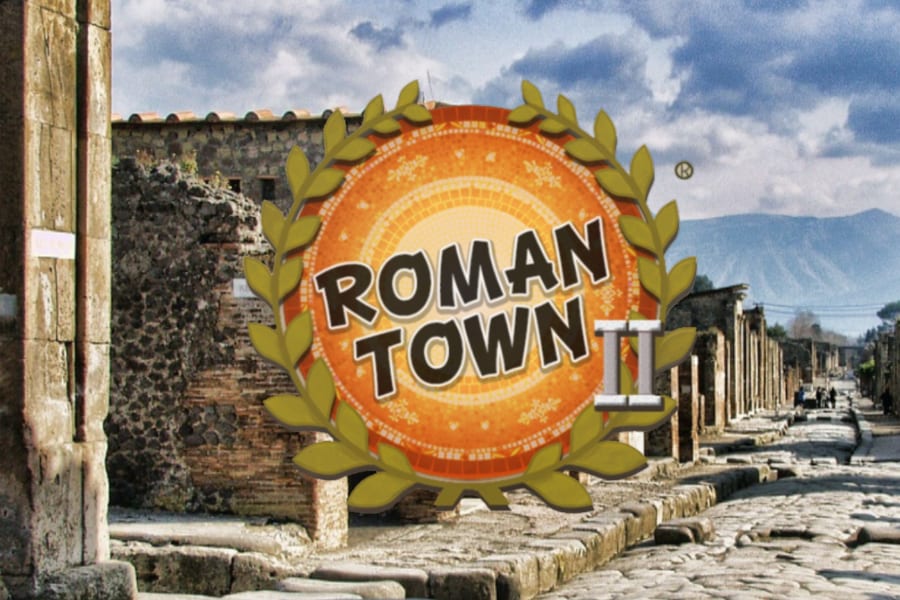



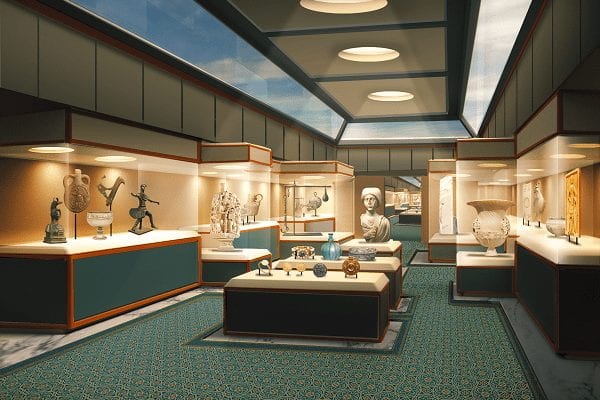
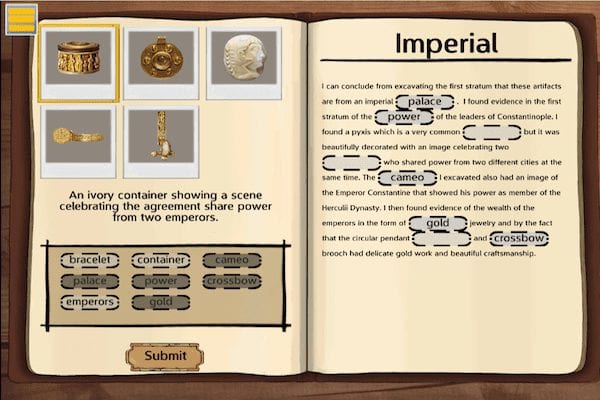


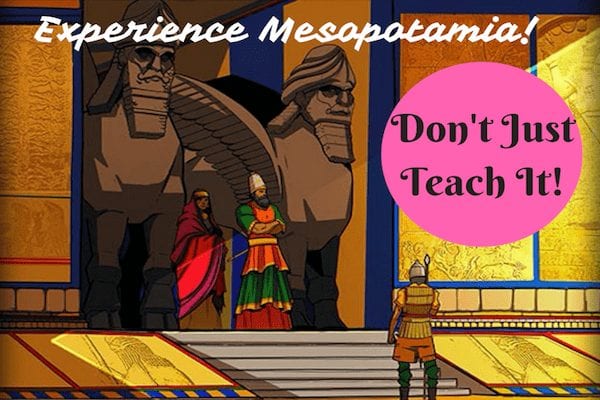
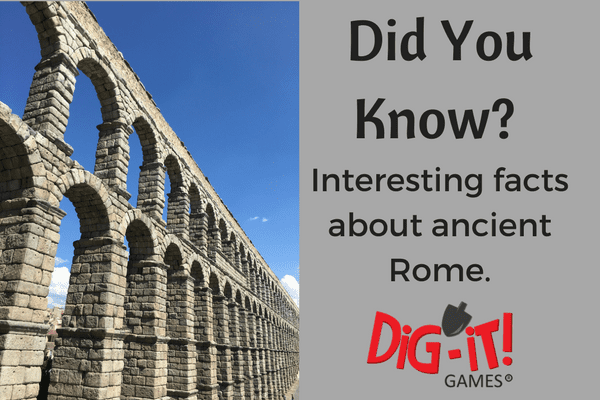
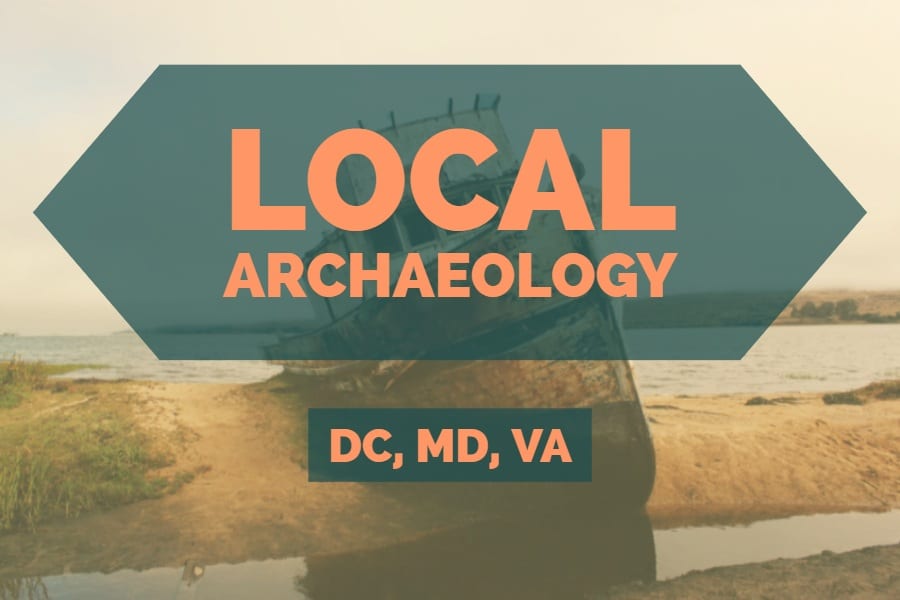

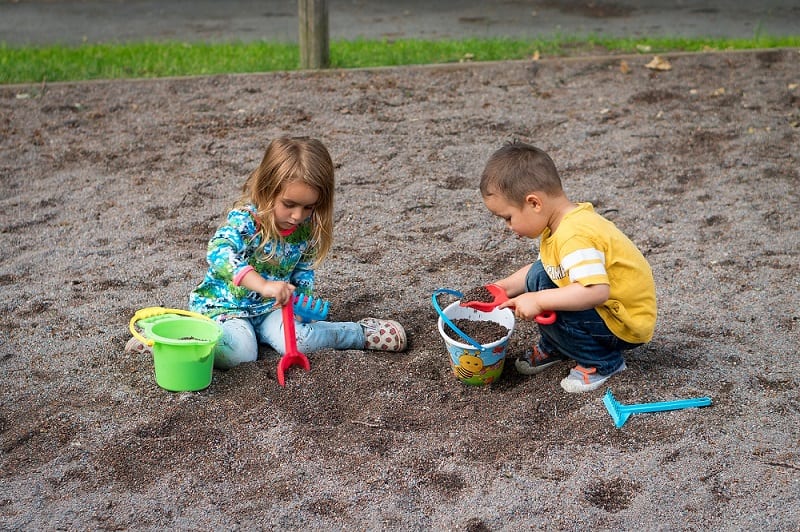

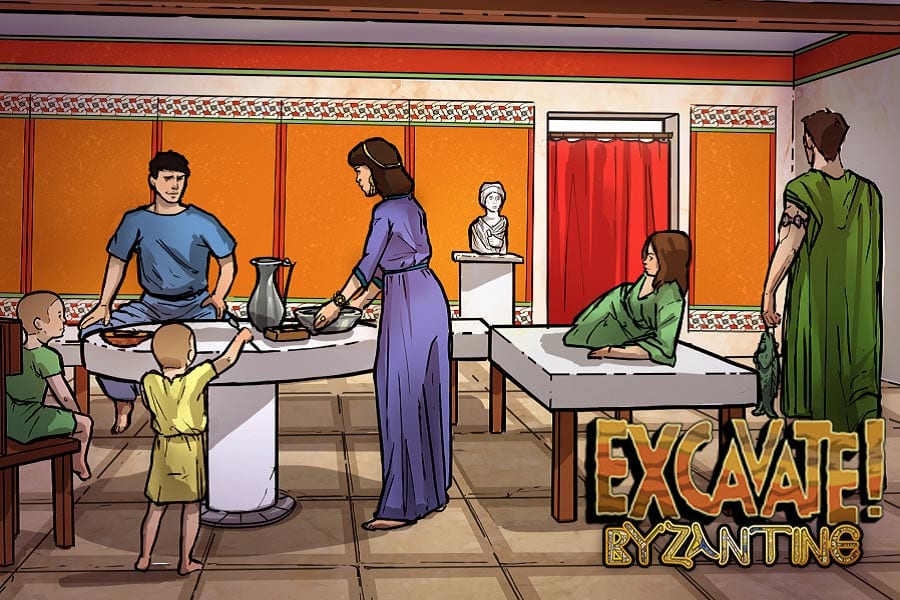



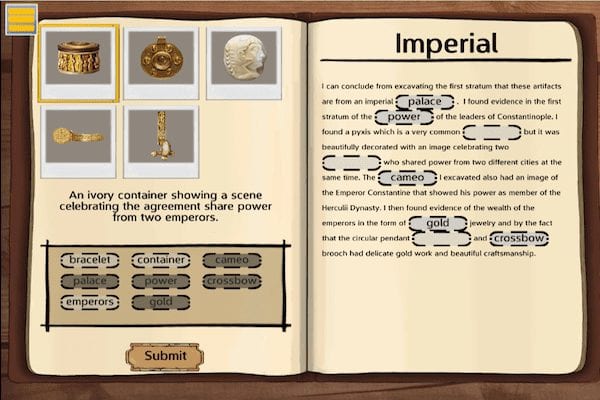
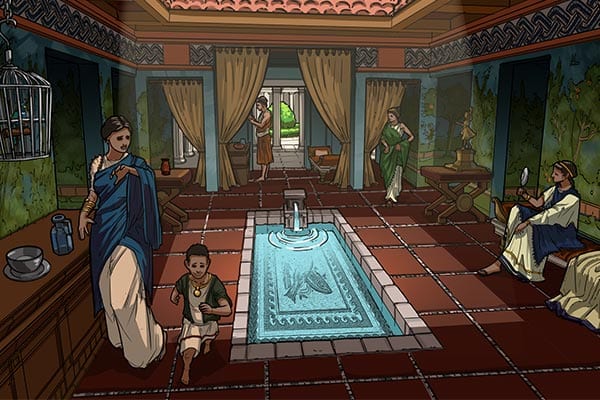


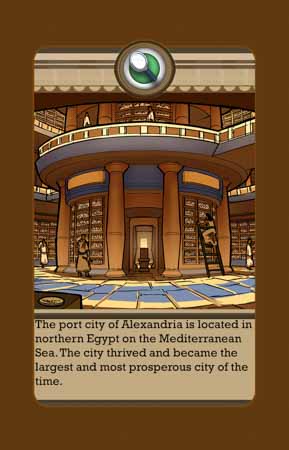

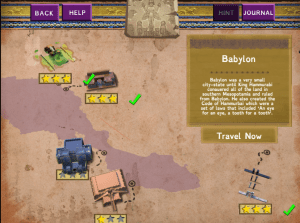 Mesopotamia means “the land between rivers” and this interactive game takes players through five different sites in Mesopotamia: Ur, Nineveh, Persepolis, Babylon, and Nimrud. Students discover the important historical figures, technological advances, and the important buildings from each of the locations. All information is found in the student’s journal which can be accessed at any point in the game.
Mesopotamia means “the land between rivers” and this interactive game takes players through five different sites in Mesopotamia: Ur, Nineveh, Persepolis, Babylon, and Nimrud. Students discover the important historical figures, technological advances, and the important buildings from each of the locations. All information is found in the student’s journal which can be accessed at any point in the game.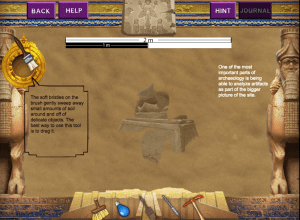 P
P Students analyze each artifact by answering a series of multiple choice questions about the material, location, and function. If they are successful in completing all of the artifacts, the next location will unlock. Students are able to access all of the information about the artifacts by returning to their journal and reading about them. Example of artifacts included in the game are: The Royal Game of Ur, Stele of Hammurabi, the Tablets of the Epic of Gilgamesh, and a statue of Penelope from Persepolis.
Students analyze each artifact by answering a series of multiple choice questions about the material, location, and function. If they are successful in completing all of the artifacts, the next location will unlock. Students are able to access all of the information about the artifacts by returning to their journal and reading about them. Example of artifacts included in the game are: The Royal Game of Ur, Stele of Hammurabi, the Tablets of the Epic of Gilgamesh, and a statue of Penelope from Persepolis.